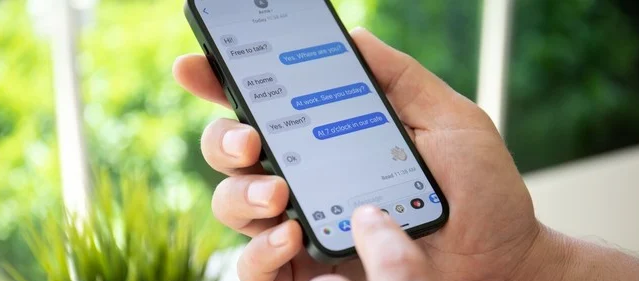Many messaging apps today support end-to-end encryption, which protects the contents of a message during transmission by decrypting them only at their destination. Apple’s iMessage has been offering this level of security for some time now.
With this integration, Apple looks ahead to future threats and prepares for the unexpected. If our data is encrypted, it doesn’t necessarily mean that it will be safe forever. It is possible, for example, that in the future the hardware will become so powerful that it will be able to decipher what we think is impossible today.
The idea behind it is precisely to further complicate the life of those who will try, providing a system so armored that it requires computer resources inaccessible even to the wealthiest and most experienced hackers.
PQ3 is basically designed to prevent “capture now, decrypt later” attacks, where data is stolen and stored to be decrypted in the future, when quantum computers will be more powerful. Here are the highlights of this improvement.
Post-quantum cryptography: PQ3 uses advanced algorithms that resist decryption by even the most powerful quantum computers, protecting our messages for the future.
Automatic key protection: Even if a key is compromised, PQ3 can automatically generate new keys, minimizing the impact on past and future messages.
Multi-layered defense: The protocol combines classical and post-quantum cryptography, offering enhanced security and resiliency.
Formal verification: Safety experts have rigorously analyzed and validated the PQ3 protocol, ensuring its effectiveness.
While the real utility is almost nil for the time being, Apple sees the rise of quantum computing as a potential threat to standard encryption.
Given the power of these computers, they may be able to crack some encryption systems, and the Cupertino company wants to go further. By introducing PQ3 in iMessage, Apple hopes that even with the spread of quantum PCs, even these devices won’t be able to breach the security of its messaging system.















